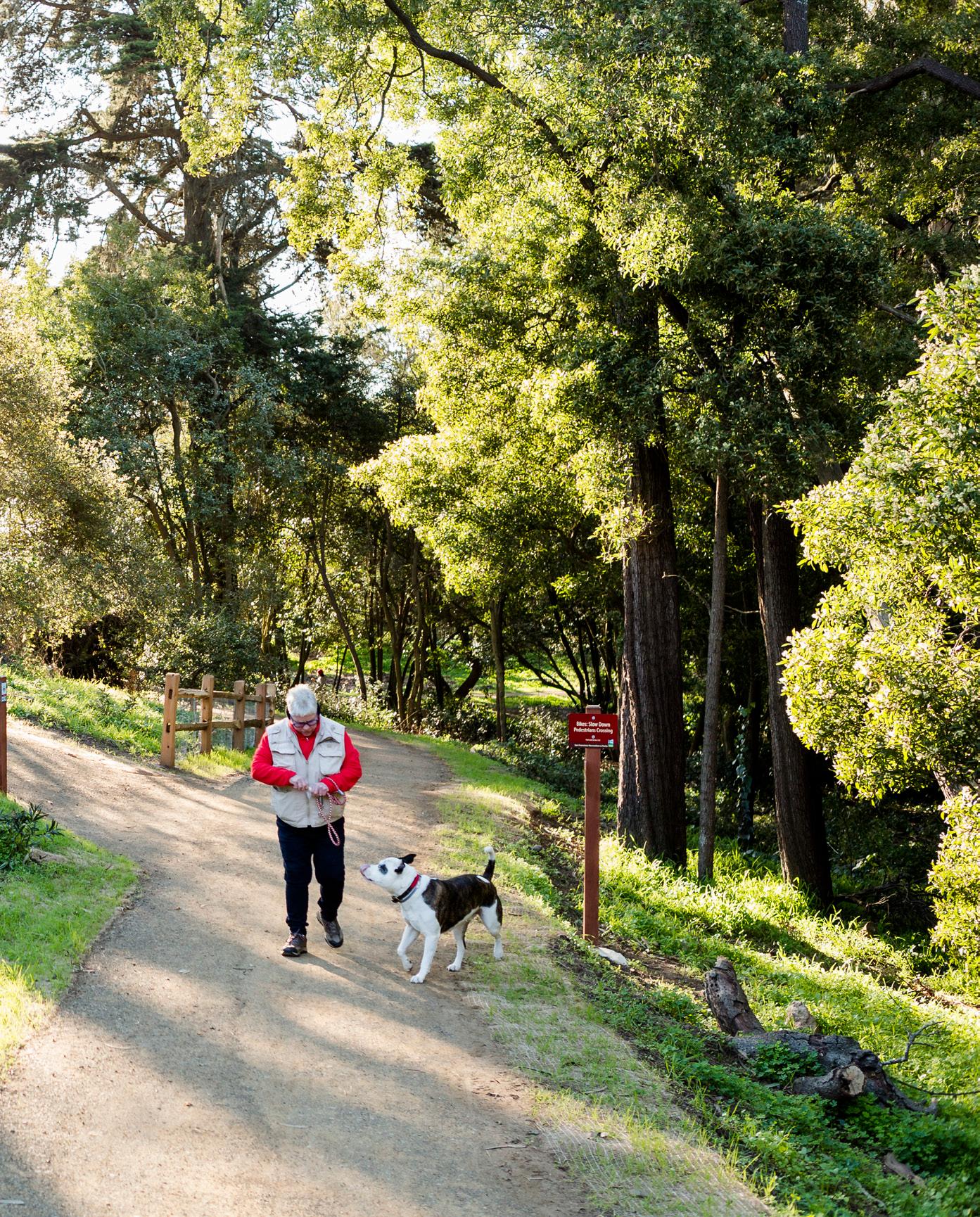
9 minute read
TEAMING UP
THROUGH “BENCH-TO-BEDSIDE” COLLABORATIONS, UVM CANCER CENTER RESEARCHERS ACCELERATE THE TRANSLATION OF LABORATORY DISCOVERIES INTO CLINICAL PRACTICE
BY SARAH ZOBEL
Advertisement
PICTURE, IF YOU WILL, A CANCER CELL. Alone, it is just a harmless anomaly. But free to divide exponentially, the cells explode to take over an organ. There’s nothing like cancer to show the sheer power of multiplication.
Now imagine instead of cancer cells, two UVM Cancer Center members, a basic researcher and a clinician, each working away in their own areas. The two decide to collaborate, combining the researcher’s lab work and the physician’s knowledge of the patient care dimension of the disease. With this doubled-up approach, they are able to tackle with focused and multiplied power some of the biggest questions in cancer today. This multiplication is the heart of what is known as “translational research.”
“We developed the UVM Cancer Center to be able to support those types of relationships,” says Gary Stein, PhD, director of the center and professor and chair of biochemistry at UVM’s Larner College of Medicine. “Collaboration is really the fabric of this Cancer Center, and what we have done—and it’s by design, not just by happenstance—is try to accelerate the transition from discovery to clinical application.” At present, more than a dozen translational teams are working at the UVM Cancer Center with new partnerships emerging each year among the center’s more than two hundred members.
“You’re really thinking about both ends of the spectrum: What is the science involved, and what is the clinical outcome you want?” says the center’s associate director for clinical and translational research, Chris Holmes, MD. “Research is a long process that starts at the platform of the patient and patient needs, and then moves forward toward identification of a biomarker, or an actual new treatment, or a treatment approach.” Although such partnerships are not unique to UVM, they thrive here thanks, in part, to the university’s size and structure.
“This is pivotal, essential work,” says Vermont Health Commissioner Mark Levine, MD. “So much research in this decade is truly collaborative across states and sometimes across nations, so the fact that we’re playing a role is highly appropriate and will continue to be very valuable.” –Glioblastoma is rare among cancers—Vermont’s registry shows only thirty cases of it annually. Despite its relatively low numbers, it has piqued the interest of researchers, partly because of its aggressiveness.
“Glioblastoma is a very invasive cancer, so you can never get a clean surgery with nice margins,” says Alissa Thomas, MD. “It has tentacles that grow deep into portions of the brain, so you can’t treat it surgically. It’s a cancer that tends to acquire a lot of different mutations, so it develops resistances to radiation and chemotherapy relatively quickly. And it grows fast, so most of the time patients show up with a couple
Marie Wood, MD, professor of medicine and associate director for cancer control and population health science for the Cancer Center, and Jason Stumpff, PhD, associate professor of molecular physiology and biophysics.
weeks’ worth of symptoms at most; the survival average is somewhere between one and two years.”
Because there is no cure and no effective therapy for glioblastoma, Thomas, a neurologist and neurooncologist, and Delphine Quenet, PhD, a basic science researcher and assistant professor in the Department of Biochemistry, are exploring whether a specific Poly (ADP-ribose) polymerase inhibitor (called PARP for short) could serve as an adjuvant to standard chemotherapy.
Quenet’s lab has been focused on the effect of PARP inhibitors on the metabolism and biology of glioblastoma cell lines, specifically PTEN, which is an enzyme that acts as a tumor suppressor and is often mutated or deleted in patients.
Thomas and Quenet note the tremendous support they’ve had from patients in allowing use of tumor samples. The pair has been inspired by the desire of patients to play a role in advancing treatment for this disease. With initial support from the UVM Cancer Center through an American Cancer Society Institutional Research Grant, their team has further evolved and is even more fully transdisciplinary; it now includes pathologist John Dewitt, MD, and neuroscientist James Stafford, PhD. Neuroscientist Diane Jaworski, PhD, has mentored Quenet and Thomas as they’ve applied for studies and grants—even helping Quenet by blinding her first samples.
“We’ve started to have a stronger mini-group around not only glioblastoma, but brain tumors, and that’s good for everybody,” says Quenet. –Associate Professor of Molecular Physiology and Biophysics Jason Stumpff, PhD, came to Vermont from a large medical center whose size precluded him from having routine interactions with clinicians. But at UVM, Stumpff was assigned to an office suite with another basic science researcher and two medical oncologists.
“Putting clinicians and basic scientists together is really never easy because you don’t talk the same language,” says Marie Wood, MD, professor of medicine and associate director for cancer control and population health science for the Cancer Center, and one of those suitemates. “Basic scientists spend so much time thinking about this little part of the world, whether it’s a mitochondrion or an endoplasmic reticulum or a piece of DNA, and physicians focus on the bigger picture as they deal with patients. To bring both the clinicians diving deeper into the cellular layers, and the laboratory people up a little bit more to look outside the weeds is so helpful.”
For Stumpff and Wood, meeting in the middle evolved after repeated chats about cell division around the office coffeemaker. Stumpff had been studying the organization and division of chromosomes and “stumbled onto” an observation that a particular molecule involved in that process is required for cancer cells—but not normal cells—to divide. Wood was intrigued, because most chemotherapeutics operate by keeping cells from dividing, but make no distinction between cancer and normal cells.
They decided to focus on triple negative breast cancer because it has so few targeted treatment options. Compared to other kinds of breast cancer, TNBC (so named because it lacks the three receptors most commonly associated with breast cancer—estrogen, progesterone, and the human epidermal growth factor receptor 2) tends to occur in younger women, is more likely to recur, and has a greater ability to metastasize. Stumpff received a Susan G. Komen

Jos van der Velden, PhD, assistant professor of pathology and laboratory medicine, and Matt Kinsey, MD, assistant professor of medicine.
career development grant; Wood was named one of the members of the mentoring committee, and indeed, their collaboration has evolved as a mentorship.
“We’re rigorously testing the idea that one particular molecule is required for cancer cell divisions and not normal cell division,” Stumpff says, further noting preliminary findings that suggest there are weaknesses in the “molecular machinery” TNBC cells need to divide—specifically, in the mitotic spindle structures. –One of the cruel ironies of cancer is that it never grows where you want it to.
“It’s one of these stunning problems that we can’t get cancer to stop growing—particularly lung cancer—in the body, but as soon as you take it out and try to put it on a dish, it dies,” says interventional pulmonologist Matthew Kinsey, MD, assistant professor of medicine. There’s little point in applying potential therapeutic treatments to cells that are no longer living, of course. Fortunately, Kinsey found an answer and a counterpoint in a partnership with Jos van der Velden, PhD, assistant professor in the Department of Pathology and Laboratory Medicine, who had a grant to study lung cancer but little access to patient samples.
The lung does not lend itself to casual study: with more than forty different cell types, it’s challenging enough, but add in the heterogeneity of cancers in that organ, and things get even trickier. Thanks to prodding from Gary Stein and Claire Verschraegen, MD, then the co-directors of the Cancer Center, and pilot funding through the center, Kinsey and van der Velden undertook a collaboration to explore targeted therapies to treat lung cancer, the most lethal and intractable of all the common cancers—its five-year survival rate in the midteens is virtually unchanged since the 1970s.
Kinsey procured samples from his patients (“People are really amazing” in their willingness to participate in research, he says), and van der Velden began to grow cultures. In late March 2019, the two enrolled their one-hundredth patient, a number that once seemed an unattainable goal. The collaboration has already proven fruitful: since they began working together, Kinsey has received an NIH K-series grant and van der Velden has received a five-year NIH R01 grant, which, he says, has about a 10 percent funding rate. They agree that the translational nature of their work made the grant applications more attractive to the NIH, and are already talking about the focus of their next application. –Gary Stein gauges the level of success of Cancer Center- affiliated translational partnerships by the multi-year duration of many of the teams, and by their ability to glean extensive extramural funding and to repeatedly publish multi-author articles in peer-reviewed journals. But the secret ingredient may be compatibility. When Stein and his leadership team propose a collaboration, they look for people who have not only complementary interests and skillsets, but complementary personalities as well.
FINDING OUR HAPPY PLACE A first-of-its-kind study by UVM scientists shows that visitors to urban parks use happier words and express less negativity on Twitter than they did before their visit— and that their elevated mood lasts, like a glow, for up to four hours afterwards. Published in People and Nature, an open-access journal of the British Ecological Society, this research may have powerful implications for public health and urban planning.
Aaron Schwartz, a doctoral student in the Rubenstein School of Environment and Natural Resources and graduate fellow in the Gund Institute for Environment, led the study, which analyzed tweets from 160 San Francisco parks. The research relied on the hedonometer, an online instrument invented by Vermont Complex Systems faculty and The MITRE Corporation. Co-authors included faculty from Complex Systems, the Gund Institute, and UVM Spatial Analysis Laboratory.
The greener the space—forested park versus paved plaza—the greater the mood boost. “In cities, big green spaces are very important for people’s sense of well-being,” says Schwartz; meaning that efforts to protect and expand urban natural areas extend far beyond luxury and second-tier concerns.


my work is mostly about a relationship to the natural world, somewhere in between the poles of mapping and direct experience.” “


STEVE BUDINGTON







